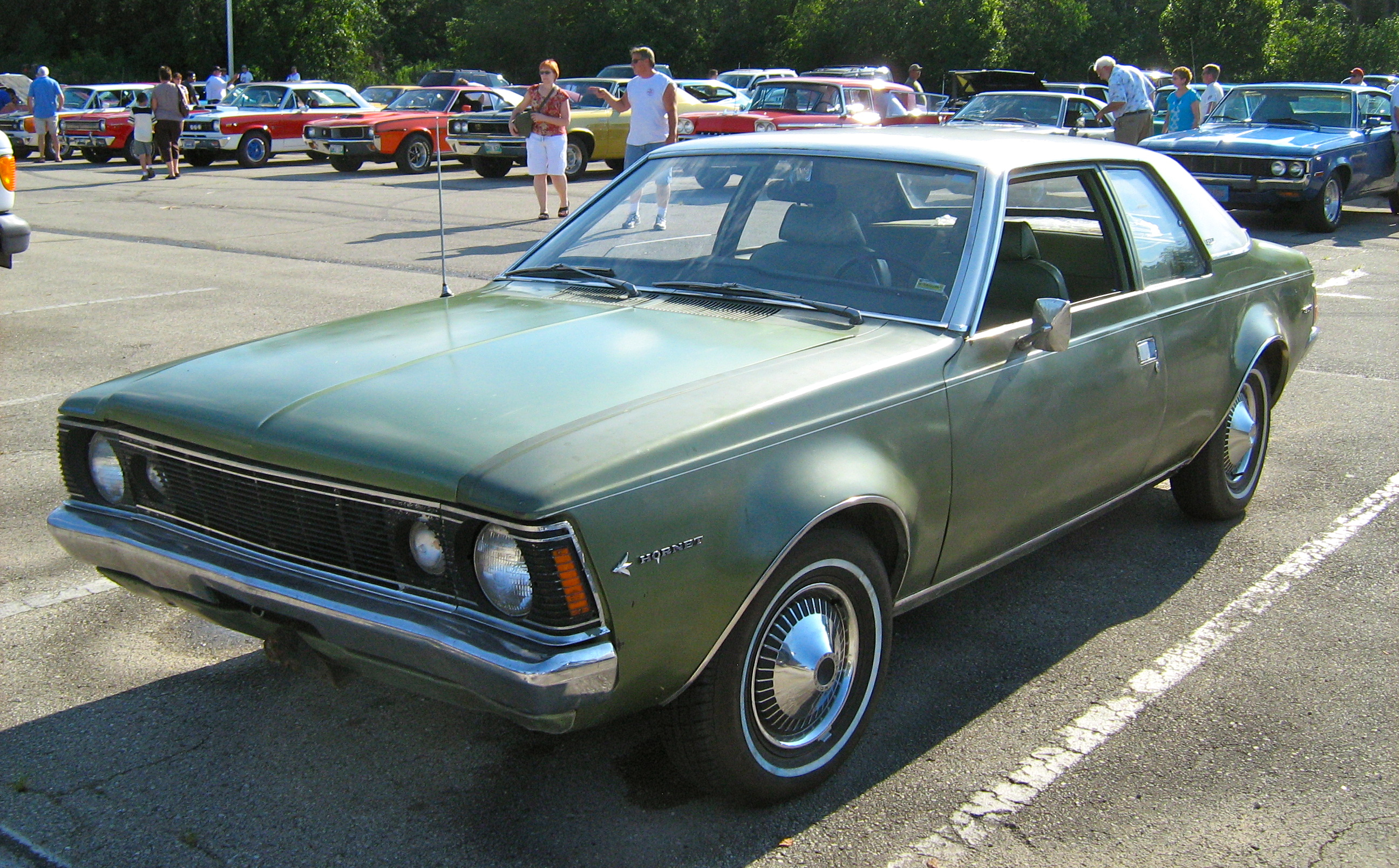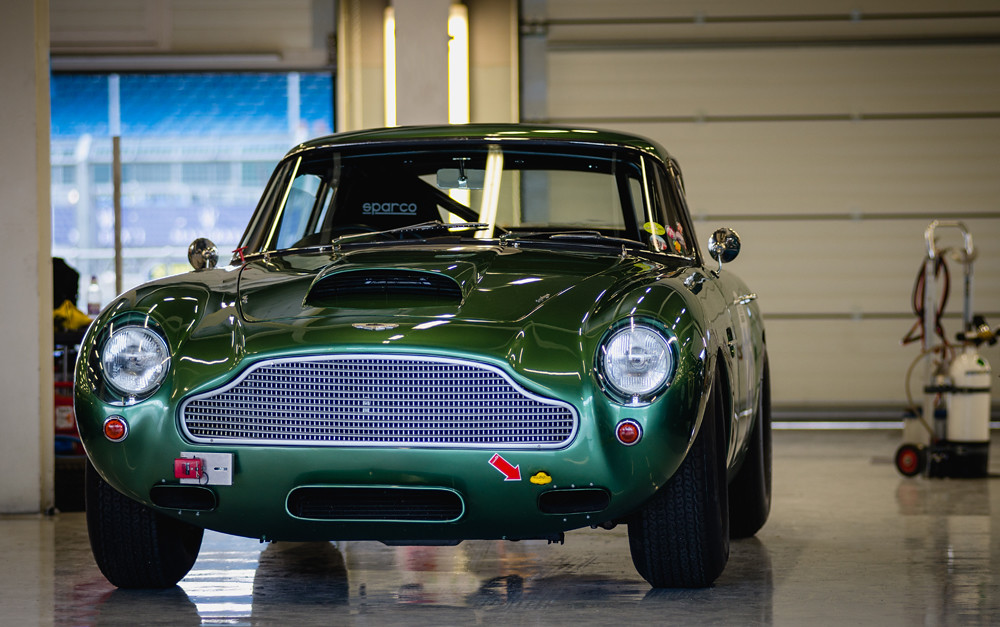
1. **AMC Hornet (1970)**: While the Hornet may not have been the epitome of glamour in the 1970s, its quirky design and compact size certainly added a unique charm to the automotive scene. American Motors, often overshadowed by the Big Three, launched this model during a shift away from larger vehicles, showcasing its versatility that eventually led to the creation of the 1978 Concord and the AMC Eagle, which laid the groundwork for today’s crossover SUVs. Regrettably, despite its innovative concepts, the Hornet often faded into obscurity, overshadowed by more celebrated models in car enthusiasts’ minds.

2. **Ford Maverick (1970)**: This car was marketed as a budget-friendly, reliable option for those who sought an economical ride. However, the Maverick’s plain Jane approach didn’t resonate with drivers, leading to its gradual fading from the public’s affection. While it had a distinctive fastback design, it lacked the performance and excitement associated with the era’s muscle cars, making it a forgotten relic rather than a cherished model.

3. **Ford Torino (1972)**: The Torino, along with its flashier sibling, the Gran Torino, became an iconic part of 1970s American culture, even making appearances in the beloved TV series Starsky & Hutch. Nonetheless, despite its cultural significance, the car often got labeled as bland and uninspired, especially when compared to the more thrilling muscle cars of the era. The Torino’s gradual disappearance from the collective memory exemplifies the fleeting nature of automotive trends and how quickly preferences can shift within the industry.

4. **Volkswagen 411/412 (1971)**: In a bold move to enter the luxury market, Volkswagen released the 411 and later the 412, models that ultimately proved to be miscalculated ventures. With styling that failed to impress and an underwhelming performance, these cars were anything but luxurious. Despite sporting features like automatic transmission and modern design, they couldn’t compete with the American perception of luxury, leading to their quick disappearance from the market.

5. **Pontiac Astre (1973)**: GM’s attempt to replicate the Chevrolet Vega’s failure came in the form of the Pontiac Astre. The Astre suffered from a lack of distinct identity and was overshadowed by its more successful counterpart. While the Vega had its issues, the Astre was deemed too expensive and too similar, ultimately failing to capture the sales expectations Pontiac had hoped for.

6. **Oldsmobile Omega (1973)**: Designed as Oldsmobile’s competitor to the popular Chevrolet Nova, the Omega started off with promise, offering an enjoyable driving experience. However, it soon became emblematic of the unfortunate era of badge-engineering, as GM’s strategy of platform sharing diluted the Omega’s unique identity, leading it to fall into obscurity among consumers. This unfortunate fate highlights how a lack of distinctiveness can overshadow even the well-intentioned designs in a crowded market.

7. **Ford Granada (1975)**: The Granada was styled to resemble premium luxury vehicles, but it appeared stiff and formal, reflecting the fashion of the time without much enthusiasm. Ford’s attempts to market it as a competitor to brands like Mercedes-Benz were met with skepticism, contributing to a reputation that it couldn’t shake even as it sold millions. The Granada’s legacy remains clouded by its awkward positioning in an evolving market.

8. **Datsun 200SX (1977)**: Known as a supposed sports coupe, the Datsun 200SX was criticized for its lack of performance and awkward design. As Datsun transitioned from economy cars to more sporty ventures, the 200SX fell flat, garnering a reputation as one of the ugliest cars of its time. The dismal sales and quick rusting of the vehicle meant it faded from memory, but it also served as a learning opportunity for future model designs.

9. **Mercury Bobcat (1975)**: The Mercury Bobcat is a classic example of badge-engineering gone wrong, presenting itself merely as a more stylish version of the Pinto, quickly gathering a reputation for its gimmicky design. Despite efforts to establish a unique identity, the Bobcat failed to capture consumer interest, leading to its tepid reception in the market. The Bobcat’s commercial struggles underscore how insufficiently unique branding can lead to a car’s rapid downfall amidst competition.

10. **The 1978 Ford Fairmont**: A change was in the air as the Ford Fairmont made its debut, designed to replace the Granada. The Fairmont stripped away the excessive ornamentation of its predecessors, opting for a simple, functional design reminiscent of a brown paper bag. Despite its plain exterior, the two-door variant, known as the Fairmont Futura, garnered some appreciation for its unique, understated aesthetic. However, it failed to capture the hearts of many, and like so many others, it faded into obscurity, overshadowed by more iconic models of the time.

11. **The 1978 Dodge Magnum**: Chrysler attempted to carve out a niche in the personal luxury segment with the Dodge Magnum, a car that offered a distinct look with its unique headlight covers. Unfortunately, it was built on outdated components, leading to a vehicle that felt more like a relic than a modern contender. The Magnum’s big-block engine was impressive but ultimately unnecessary, as fuel prices soared and consumer preference shifted towards economy. This misalignment with the market left the Magnum with lackluster sales and a reputation that didn’t reflect its potential.
12. **The 1978 Buick Century/Oldsmobile Cutlass Aeroback**: In a bid to channel European design sensibilities, GM introduced the Aeroback variants of the Buick Century and Oldsmobile Cutlass in 1978. This ambitious hatchback design, however, fell flat with consumers who preferred the classic sedan shape. The dismal sales figures highlighted the disconnect between automotive designers and the market, leading to an eventual shift back towards traditional styling. The Aeroback’s failure underscores the importance of understanding consumer preferences, a lesson that remains relevant today.

13. **The 1977 Chevrolet Chevette**: Initially embraced as an economical choice, the Chevrolet Chevette quickly became known for its lack of personality and performance. With minimal power and uninspired design, it struggled to make a lasting impact on buyers. Although it was affordable and practical, it lacked the excitement that many sought in their vehicles, contributing to its classification as one of the decade’s forgettable models. The Chevette serves as a reminder that even the most economically-minded vehicles must find a way to connect with their drivers emotionally.

14. **The 1976-1977 Cadillac Seville**: Cadillac’s attempt to venture into the compact luxury market with the Seville sparked skepticism among traditionalists who anticipated grandeur and opulence. Although it introduced fresh styling and features, many viewed the Seville as a dilution of the Cadillac legacy, leading to mixed reviews that mirrored a pivotal moment when luxury seekers began to redefine their desires for performance and extravagance. This vehicle remains a fascinating chapter in the evolution of luxury cars, reflecting shifting consumer expectations.

15. **The 1975 Chevrolet Monza**: Attempting to ride the wave of the sporty compact trend, the Monza ultimately fell short of the high hopes surrounding it. While it boasted a sleek design and the allure of performance, many drivers found it lacking in power and handling, leaving it in the shadow of stronger competitors. The Monza illustrates how even the most promising ideas can falter when they do not align with market expectations and execution.

16. **The 1973 DeTomaso Pantera**: The DeTomaso Pantera was initially lauded for its exotic looks and performance, but it became a mixed bag as the decade wore on. While it had the power to impress, its reliability issues and limited dealer support tarnished its reputation. The Pantera serves as a cautionary tale about the perils of marrying Italian design with American assembly lines, ultimately failing to resonate with the broader audience it sought to attract.

17. **The 1979 Lincoln Continental**: As the 1970s drew to a close, the Lincoln Continental strived to embody American luxury in a grand package, yet faced backlash for its excessive styling that clung to outdated preferences. Its enormous size and antiquated features failed to captivate a younger audience eager for modern luxury, leading to its struggle in revitalizing its image. The Continental’s challenges in a rapidly evolving automotive landscape reveal the difficulties legacy brands face in maintaining relevance and appeal.
Related posts:
These Forgotten 1970s Cars Are Worth Remembering
The American Museum of Tort Law
The 50 Worst Cars of All Time




